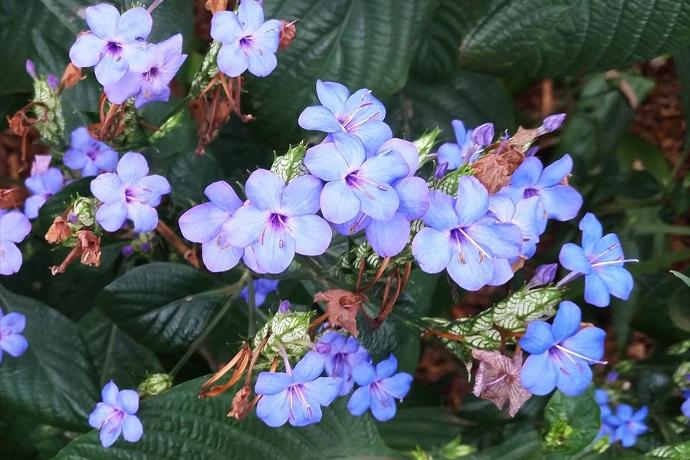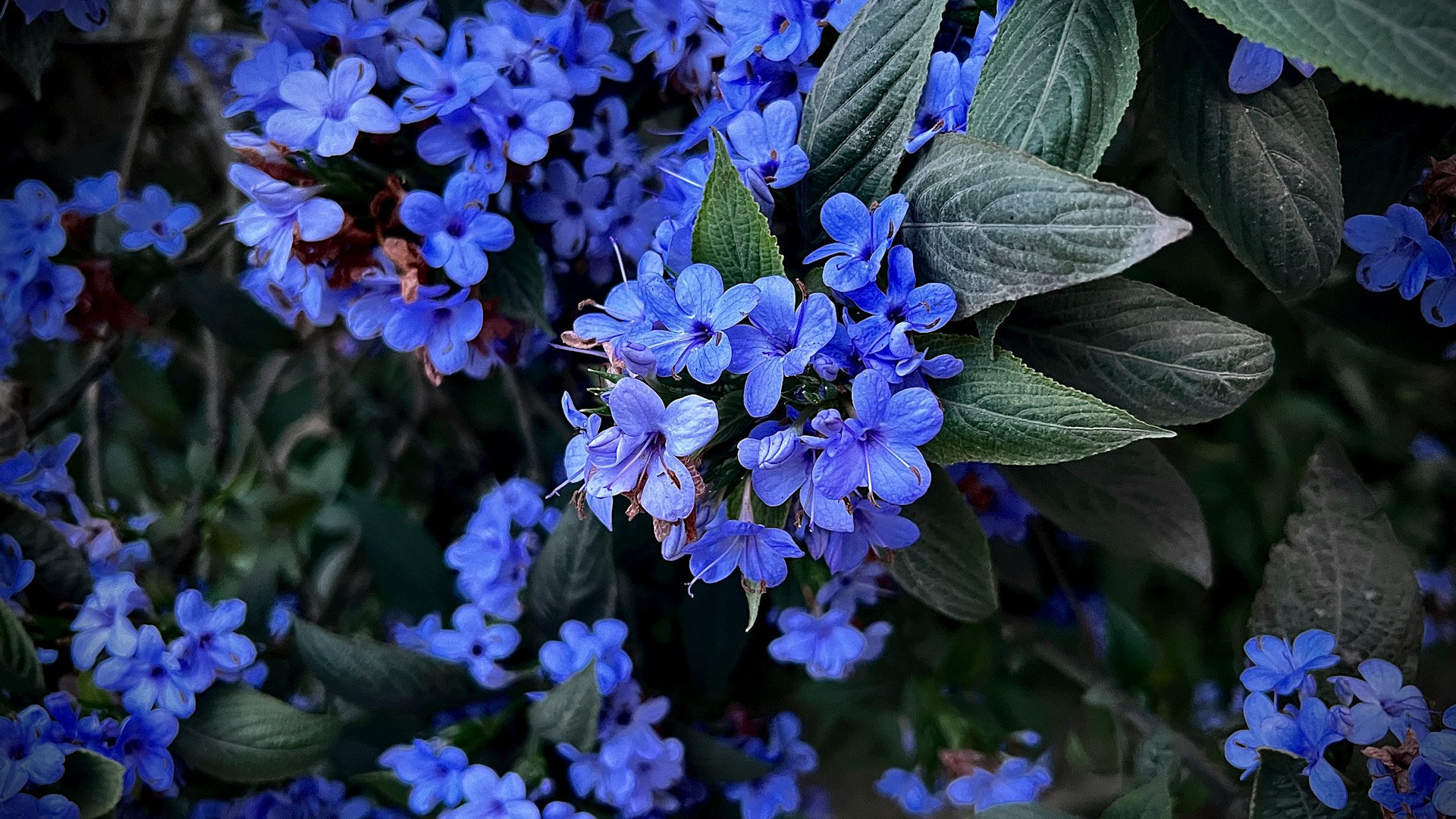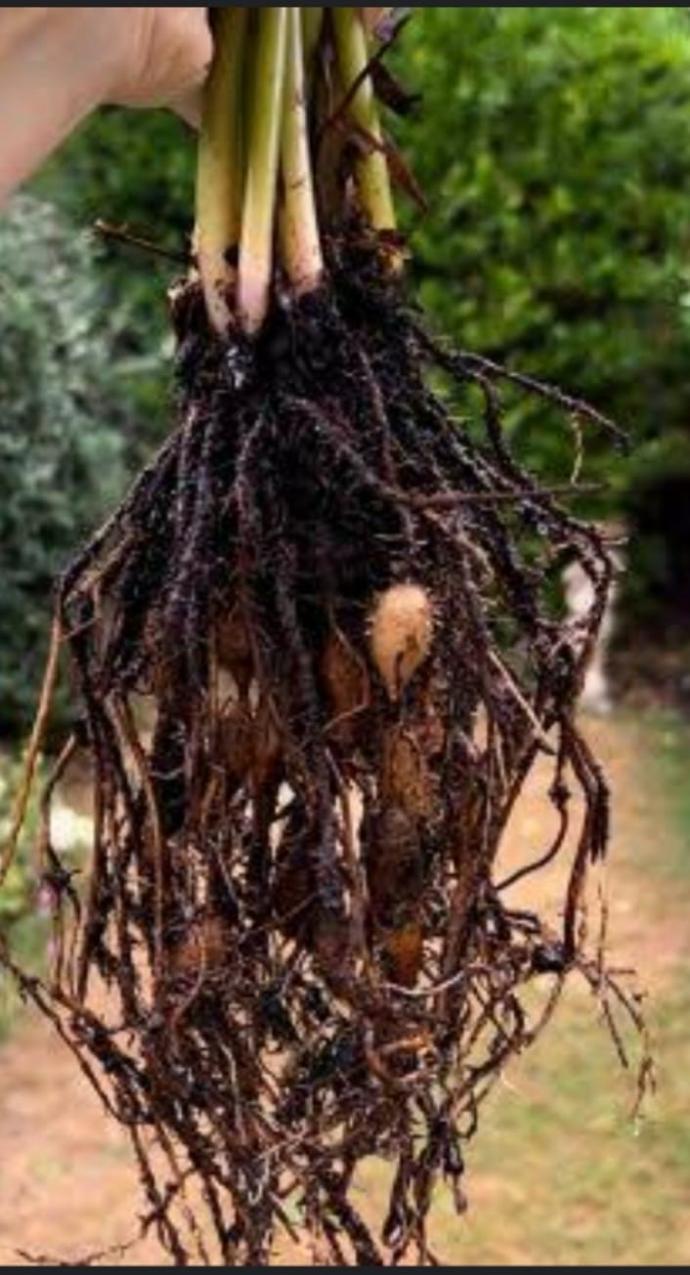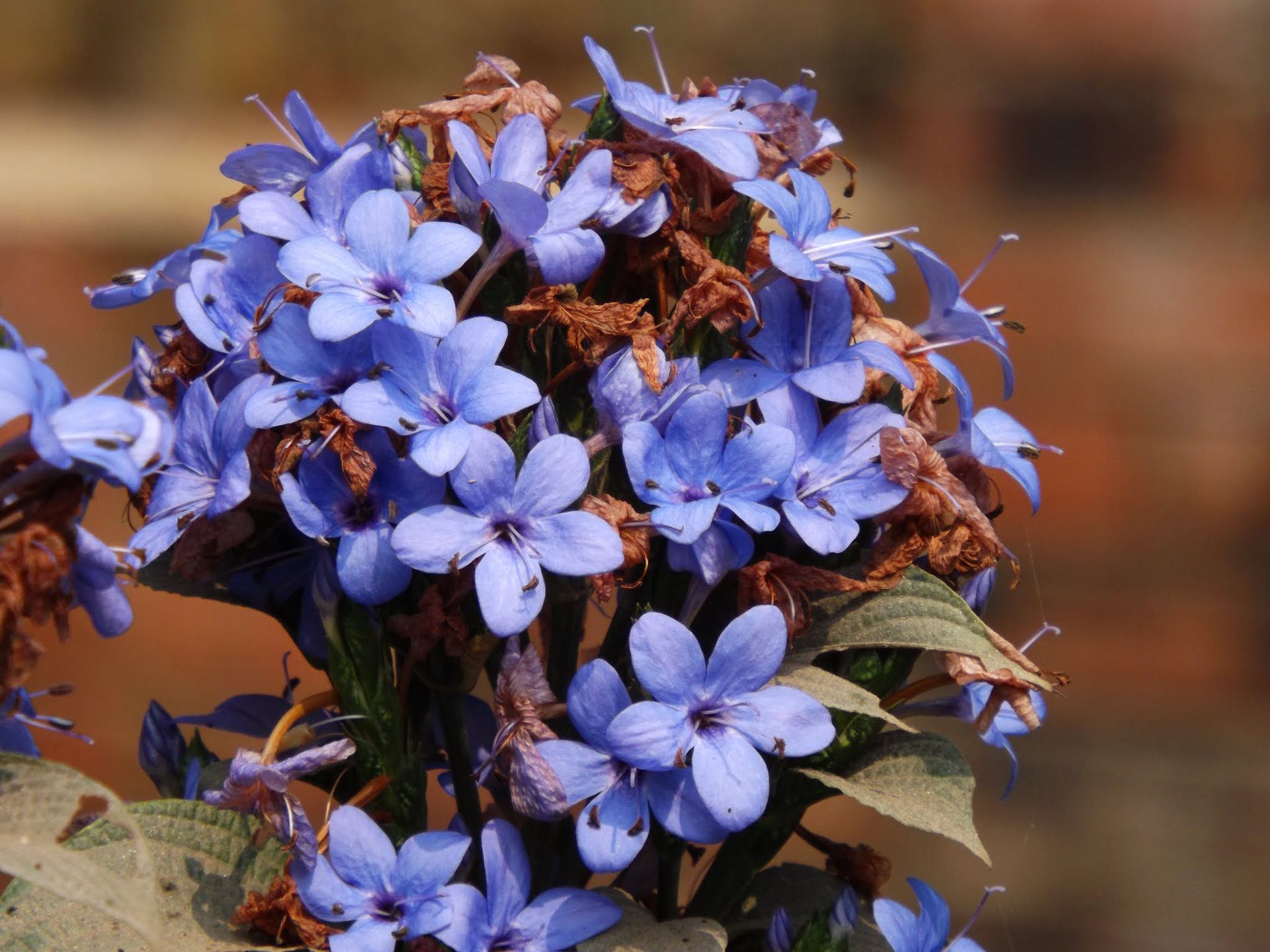Eranthemum Plant
ERANTHEMUM, also known as Blue Sage or Pseuderanthemum, is an outdoor flowering plant. Plant in well-draining soil with full sun exposure. Water consistently and deadhead spent flowers for continuous blooming. Pruning helps maintain a compact and bushy appearance.

Habit
Shrub
Height
1.0-1.5 m
Growth
Rapid
Soil
Well Drained, Loamy
Shade
Full Sun
Moisture
Moist
Edible
No
Medicinal
No
Origin
India
Climatic Condition
Tropical
Temperature (°)
20-30°C
Humidity (%)
60-80%
Potting media
Peat-based mix
Fertilizers
Organic compost
Watering
Regular watering; prefers moist soil
Plant Weight
1-2 kg
Flowering Time
Spring to Fall
Soil Ph level
6.0 - 7.5
Water Ph level
6.0 - 7.5
Soil EC
0.3 - 0.5
Yield Per Plant
Ornamental use
NPK ratio
10:10:10
life Span
Perennial
Health Benefits
Ornamental flowers; used in traditional medicine
Suggested Grow Media or Potting Mix ?
50% peat moss, 30% perlite, 20% compost
Suggested Fertigation/Fertilizers
Fertilize every 2-3 weeks with a balanced, water-soluble fertilizer.
Common Diseases and Remedies
Root rot, Leaf spot, Wilt
brown spots and yellow spots appear on the leaf. Water soaked lesions are formed.
Avoid over watering and remove the effected part of the plant.
HEALTH BENEFITS
· Some species have been used in traditional medicine for treating wounds and infections.
· Contains flavonoids that may have anti-inflammatory effects.
What Is An Eranthemum Plant ?
The Eranthemum plant is a genus of flowering plants in the family Acanthaceae. They are known for their vibrant, colorful foliage and attractive flowers. Eranthemum plants are commonly grown as ornamental houseplants or in gardens in warmer climates. They require well-draining soil, regular watering, and partial sunlight to thrive.
What are the different types of eranthemum plant?
There are several different types of Eranthemum plants, each with its own unique characteristics. Here are a few examples:
1. Eranthemum nervosum:-
This species is known for its striking foliage, featuring dark green leaves with prominent veins. It produces clusters of small, blue flowers, adding a touch of color to its lush foliage.
2. Eranthemum pulchellum:-
Commonly known as the blue sage, this variety is prized for its vibrant blue flowers and glossy green leaves. It is often grown as a compact shrub and can attract pollinators like butterflies and bees.
3. Eranthemum atropurpureum:-
This species stands out for its deep purple foliage, which contrasts beautifully with its pinkish-purple flowers. It is a stunning addition to gardens or indoor spaces seeking a splash of color.
4. Eranthemum roseum:-
With its pinkish-red flowers and lance-shaped leaves, E. roseum is a charming variety that adds a delicate touch to any garden or indoor setting.
5. Eranthemum wattii:-
Also known as the blue sage, this variety features glossy green leaves and clusters of small, tubular blue flowers. It is a popular choice for tropical gardens or as a container plant.

How to care for eranthemum plant?
1.Location:
Eranthemum plants thrive in specific locations that mimic their natural habitat and provide the ideal growing conditions.
2.Sunshine:
Eranthemum plants prefer bright, indirect sunlight, making them ideal for locations with filtered light or partial shade.
3.Soil:
Eranthemum plants thrive in well-draining soil that is rich in organic matter.
4.Hydration:
Proper hydration is crucial for the health and well-being of Eranthemum plants.

5.Nourishment:
Providing proper nourishment is essential for the growth and vitality of Eranthemum plants.
By providing proper nourishment through fertilization and soil amendment, you can ensure that your Eranthemum plants receive the essential nutrients they need to thrive and flourish, producing vibrant foliage and flowers.
6.Issues:
Excessive watering can lead to waterlogged soil and root rot, causing wilting, yellowing leaves, and eventual plant decline. Allow the soil to dry out slightly between waterings to prevent overwatering. Insufficient watering can result in dry, wilted leaves and stunted growth. Maintain consistent soil moisture by watering when the top inch of soil feels dry to the touch.
What are the benefits of the eranthemum plants?
Eranthemum plants offer several benefits, both aesthetic and practical. Here's a brief explanation of some of the benefits, Eranthemum plants are prized for their vibrant foliage and attractive flowers, making them popular choices for adding color and visual interest to indoor and outdoor spaces. Like many houseplants, Eranthemum plants can help improve indoor air quality by removing toxins and pollutants from the air through the process of photosynthesis. Studies have shown that interacting with plants, including caring for them and simply enjoying their presence, can help reduce stress levels and promote a sense of well-being. Eranthemum plants add a touch of nature and beauty to any room or outdoor garden, enhancing the aesthetic appeal of the space and creating a calming, inviting atmosphere. The flowers of Eranthemum plants attract pollinators such as bees and butterflies, contributing to the biodiversity of outdoor gardens and supporting local ecosystems. Eranthemum plants are relatively easy to care for, making them suitable choices for novice gardeners or anyone seeking low-maintenance indoor or outdoor plants. Eranthemum plants come in a variety of species and cultivars, offering a range of colors, sizes, and growth habits to suit different preferences and design schemes.

FAQS about growing eranthemum plant
1.Can eranthemum plants tolerate low humidity environment?
Eranthemum plants generally prefer moderate to high humidity levels, but they can tolerate lower humidity environments to some extent, especially if other care requirements are met. However, in consistently low humidity conditions, Eranthemum plants may exhibit signs of stress, such as leaf wilting, browning leaf edges, or increased susceptibility to pests and diseases.
2.When is the best time to propagate eranthemum plant?
The best time to propagate Eranthemum plants is during the active growing season, which typically occurs in spring or early summer. Propagation methods such as stem cuttings or division are most successful when the plant is actively growing and able to quickly establish new roots.
3.How quickly do Eranthemum plants grow?
The growth rate of Eranthemum plants can vary depending on various factors such as environmental conditions, care provided, and species or variety of the plant. In optimal conditions with adequate sunlight, water, and nutrients, Eranthemum plants can exhibit moderate to fast growth.
4.How can Eranthemum plants contribute to indoor air quality?
Eranthemum plants, like many other houseplants, can contribute to indoor air quality through a process called phytoremediation.
5.What are the temperature requirements for eranthemum plants?
Eranthemum plants prefer warm temperatures and are sensitive to cold temperatures, especially frost. By providing Eranthemum plants with the appropriate temperature conditions, you can help ensure their overall health and vitality, promoting lush foliage and vibrant flowering.




